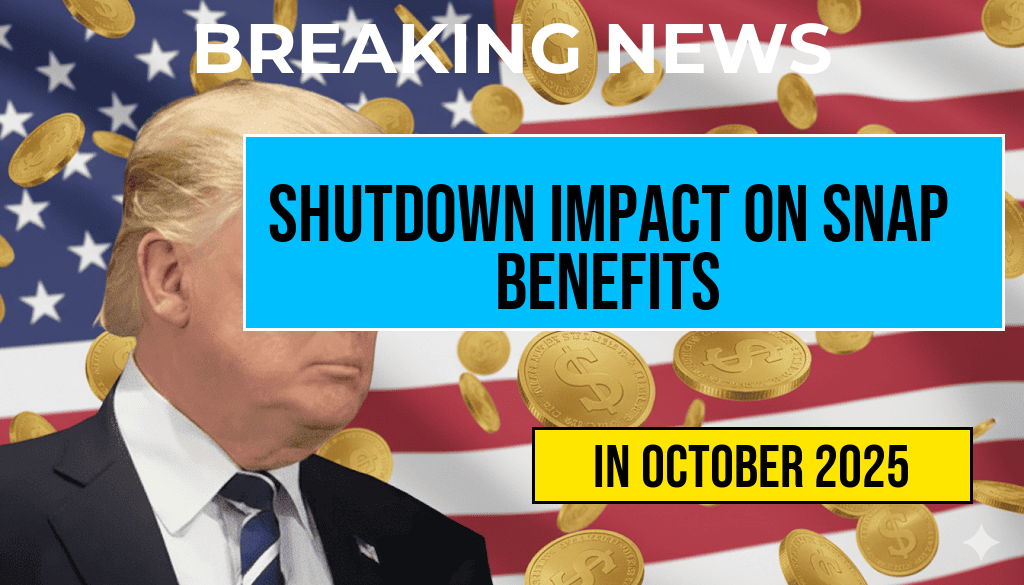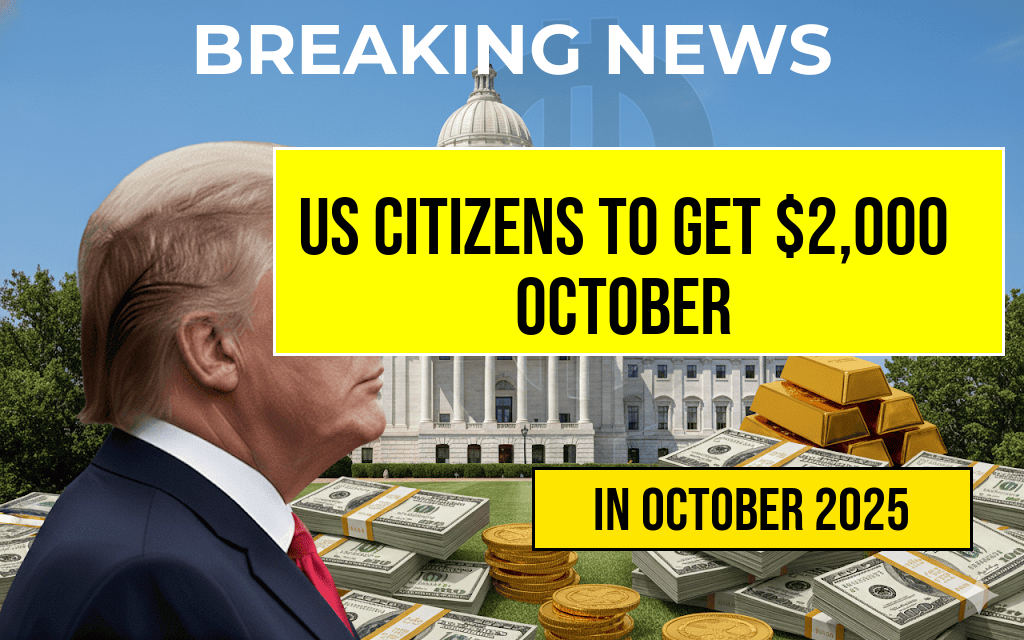The looming threat of a government shutdown could have immediate and widespread consequences for SNAP benefits (Supplemental Nutrition Assistance Program), affecting millions of Americans who rely on food assistance to meet daily needs. If Congress fails to pass funding measures before a deadline, federally funded programs like SNAP could experience disruptions, potentially leading to delays or reductions in benefits. Such disruptions threaten to exacerbate food insecurity among vulnerable populations, including low-income families, seniors, and individuals with disabilities. While some states may have contingency plans to mitigate short-term impacts, the overall uncertainty surrounding a shutdown raises concerns about the stability of food assistance programs during this period. As policymakers navigate negotiations, impacted households and advocacy groups are closely monitoring developments, emphasizing the importance of safeguarding essential nutritional support amid a politically uncertain landscape.
Potential Impact of a Government Shutdown on SNAP Benefits
Funding and Benefit Distribution Challenges
SNAP operates through federal funding allocated annually by Congress, with benefit disbursements managed by state agencies. During a government shutdown, the availability of federal funds can become uncertain, leading to delays in benefit issuance or reductions in monthly allotments. Historically, shutdowns have resulted in temporary interruptions; however, the scale and duration of the current impasse could determine the severity of disruptions.
In previous instances, some states have been able to issue benefits without interruption for a limited time, often leveraging reserve funds or state budgets. Nonetheless, if a shutdown extends beyond a few weeks, the risk of benefit delays or eligibility processing issues increases significantly. This could leave recipients without access to vital funds during a period when food prices are already rising, adding strain to households already facing economic hardship.
Impact on Recipients and Food Security
Approximately 42 million Americans rely on SNAP benefits to purchase groceries, according to the U.S. Department of Agriculture (USDA). A disruption in benefit delivery could force families to make difficult choices—cutting back on nutritious food, seeking emergency assistance, or going without. For many, SNAP benefits constitute a critical safety net that prevents hunger and supports overall well-being.
Food banks and charitable organizations are likely to see increased demand if benefits are delayed or reduced, further straining resources. Vulnerable populations—such as seniors, people with disabilities, and families with young children—are especially at risk. Experts warn that even short-term interruptions can have ripple effects, impacting health, educational outcomes, and economic stability.
Government Responses and Contingency Measures
State-Level Initiatives and Emergency Plans
- Some states have contingency plans to continue issuing benefits using reserve funds or emergency authority.
- State agencies may prioritize current recipients and suspend new applications temporarily.
- States may also coordinate with local organizations to provide emergency food assistance.
However, these measures have limitations and may not fully compensate for federal funding gaps over an extended period. The federal government has historically maintained a minimal level of operation during shutdowns, but essential services like SNAP are often considered non-essential and may experience delays.
Legislative Efforts and Political Negotiations
Lawmakers have occasionally negotiated short-term funding extensions to prevent disruptions to social programs, including SNAP. These temporary measures aim to keep benefits flowing while broader budget agreements are reached. Yet, such negotiations can be contentious, especially amidst competing political priorities, making the risk of a prolonged shutdown a concern for millions relying on food assistance.
Broader Economic and Social Implications
Ripple Effects on Local Economies
| Aspect | Possible Effect |
|---|---|
| Local grocery stores | Reduced sales due to decreased purchasing power among SNAP recipients |
| Food banks and charities | Increased demand for emergency food supplies |
| Employment in food retail | Potential decline in hours or job stability |
Disruptions to SNAP benefits could reverberate through local economies, especially in areas with high concentrations of food assistance recipients. Increased reliance on charitable organizations might also divert resources from other community needs.
Long-Term Consequences for Vulnerable Populations
Extended benefit interruptions could lead to worsening health outcomes, particularly for children and seniors, and may contribute to increased hospitalizations, developmental delays, and chronic health issues. The stress associated with food insecurity can also have psychological impacts, affecting overall community well-being.
Expert Perspectives and Advocacy Responses
Advocacy groups representing low-income communities have urged Congress to prioritize funding for social safety net programs, warning that even short-term disruptions can have lasting effects. Experts emphasize that maintaining uninterrupted SNAP benefits is vital for economic stability and public health, especially amid ongoing inflation and economic uncertainty.
According to the Center on Budget and Policy Priorities, policymakers should consider bipartisan solutions to ensure that critical assistance remains accessible regardless of political impasses. They highlight that safeguarding these programs is not only a moral imperative but also an economic necessity to prevent increased reliance on costly emergency services and health care systems.
As negotiations continue, the fate of SNAP benefits during a government shutdown remains uncertain. For millions, the stability of their food security depends on swift legislative action to prevent disruptions and uphold the safety net that sustains their daily lives.
Frequently Asked Questions
What is the impact of a government shutdown on SNAP benefits?
A government shutdown can cause delays or reductions in SNAP benefit payments, potentially leaving recipients without access to essential food assistance during the shutdown period.
Will food stamp assistance be available during a government shutdown?
During a government shutdown, food stamp assistance may be temporarily unavailable or limited, depending on federal funding appropriations and state-level actions to maintain program continuity.
How long could SNAP benefits be affected by a shutdown?
The duration of SNAP benefit disruptions depends on the length of the government shutdown and whether emergency funding measures are enacted to sustain the program.
What should SNAP recipients do if their benefits are delayed?
If SNAP benefits are delayed, recipients should contact their local assistance offices for guidance, and consider accessing local food banks or community resources for support during the interim.
Are there any measures in place to protect food stamp benefits during a shutdown?
Some states may have emergency funds or contingency plans to continue food stamp benefits temporarily, but overall, the availability of assistance depends on federal funding and specific state actions amidst the shutdown.





